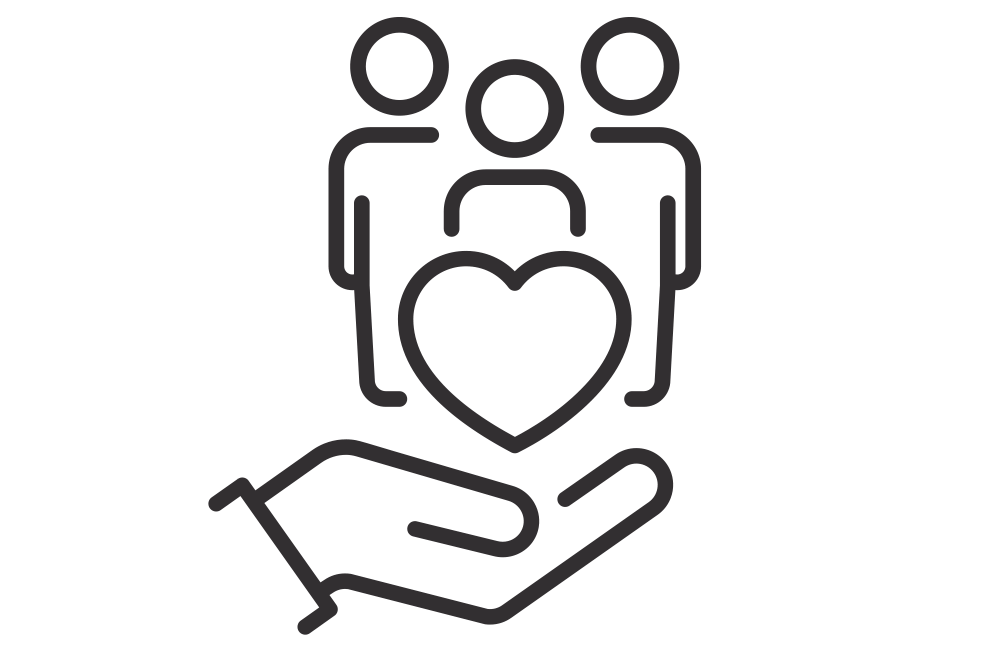
We are an information-overloaded species, and the only surprise in that statement is that we always have been. Even in the ancient savannah, there were too many sounds, smells, and suspicious shadows lurking around the corner to process. Today, not only is there still too much information coming at us through our five senses a good deal of the time, but there is far too much data to process in a host of ways we are not good at processing.
But if a leader has no more important job than, well, leading, then even in this context knowing their people is the key. So, time to get serious about empathy and that means processing a lot of information about these other people—our employees.
I was struck by a comment leadership performance expert Martin G. Moore made in a speech. “No amount of empathy is too much,” he said, adding that a leader needs to understand their people as deeply as possible. It’s an important concept in this era of shortcuts, fast takes, and social media summaries of people, missions, and organizations in a few dismissive words.
I was particularly interested in Moore’s comment because I had just read a study that talked about how we think about empathy. The study found that we don’t understand how to be empathetic in the right way.
We often figure out what other people are thinking by studying their facial expressions and body language. But what actually works better is putting ourselves in their shoes. This finding is astonishing if you give it more than a passing thought. Putting ourselves in another’s proverbial shoes is demanding intellectual and emotional work. It requires vulnerability, creativity, and something that the psychologists call the “theory of mind”—the ability to realize that not everyone thinks and feels the way we do.
This imaginative work is not easy, and I think it is getting harder and harder as our lives move faster and faster. Why should I slow down my day to get inside the minds of other people? Far easier to study them briefly and draw my own conclusions based on the evidence of my eyes.
The study even asked people to look at their own body language from a month prior, and it turned out they were pretty bad at decoding their own body language. Better if they had to, well, put themselves in their own shoes.
We are better at understanding strong emotional responses in people that we know well—when a child comes home from school in tears or bouncing up and down with joy—but that’s about it. To understand body language, we must be willing to study the “steady state” body language of someone, and then be ready to spot the changes when they occur. It’s in these changes that we find the limited understanding that we can.
Put yourself in someone else’s shoes. Maybe that little step will start the world off in a better direction.
So, let’s do the work. At the office, spend time getting to know Jerome in research and development, Jane in marketing, and even, [gasp] Karen in accounting. How do you get started?
First, ask them questions. Where do they live? How do they commute into the office? Do they have kids? How long does it take to get them ready for school? Are they morning people, jazzed even before that cup of coffee, or not so much? Now you’re beginning to get a picture of how they might feel coming into the office in the morning.
Then, find out about their boss and colleagues. As the adage says, people don’t quit jobs, they quit bosses. So, a big part of having empathy for someone you work with is understanding their boss and coworkers. Then, what’s their calendar like? Is their work seasonal, culminating in an incredibly stressful run up to budget season? Or is it the annual all-hands meeting that defines their year? Once you’ve begun to round out a picture of their work world, then dive into their hobbies and outside interests, if that’s culturally appropriate.
A friend of mine, Chris Tuff, has a genius method for connecting with people authentically and calls that “racing to the middle.” By that he means finding the middle ground, the passion that you both share. But don’t find the middle ground just to have something to talk about; do it so that you can connect deeply with that other person and begin to build empathy.
In the end, you take what you know about the other person and ask yourself, what would that feel like? Put yourself in someone else’s shoes. Maybe that little step will start the world off in a better direction.
Editor’s Note: An earlier version of this article was first published here.
Nick Morgan is a communication expert, speaker, and blogger. He is the founder of Public Words, Inc. Learn more at www.drnickmorgan.com.
Related Articles

Leadership
7 Ways Leaders Can Listen More Effectively

Personal Growth



 Previous
Previous

 Previous Article
Previous Article